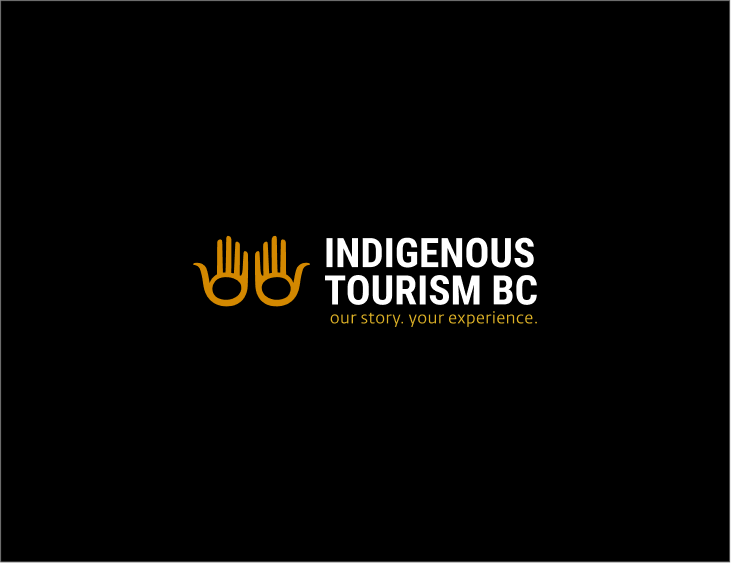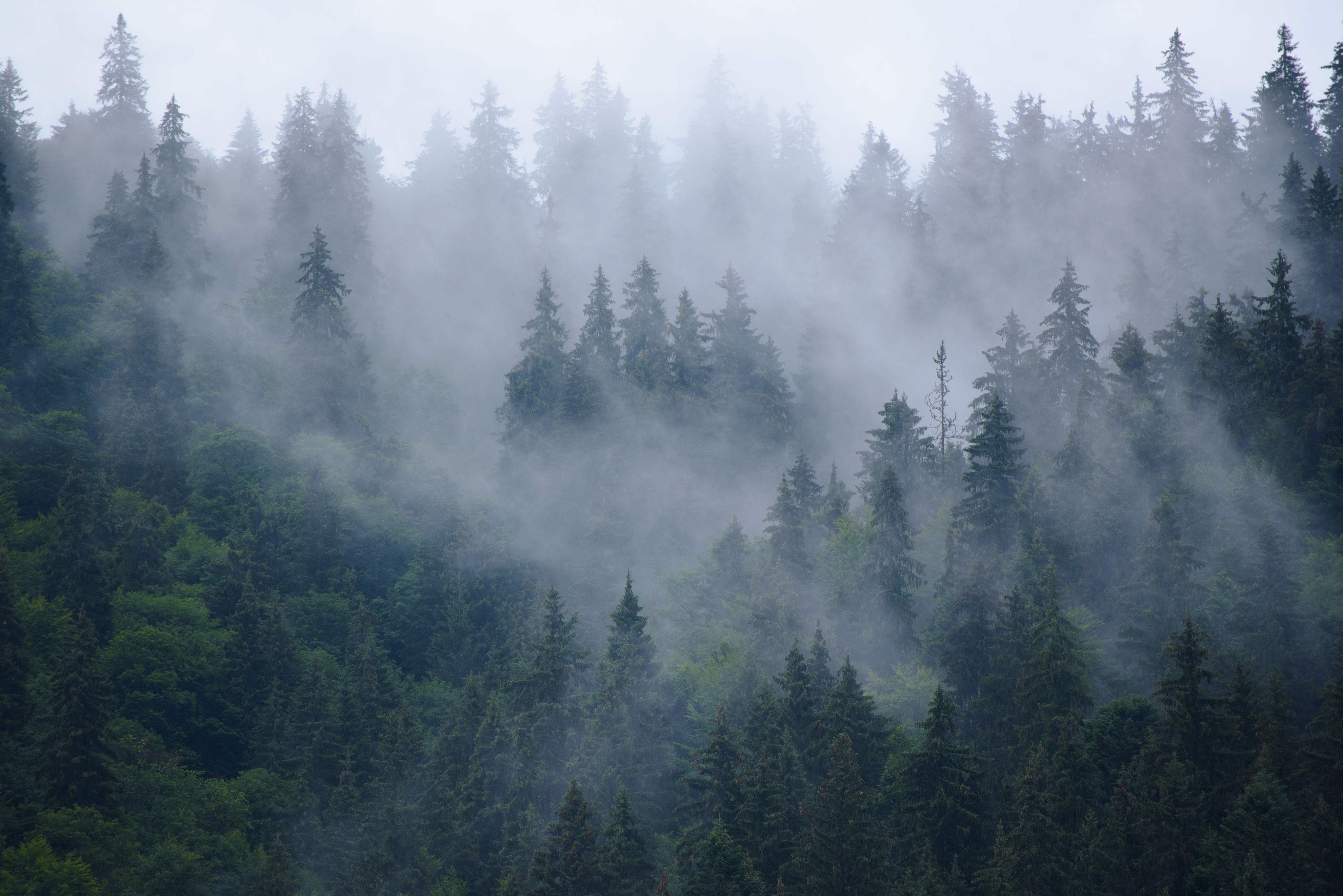Salmon n’ Bannock Bistro


Will you see cascading waterways that cut through rare geological formations, deserts, sheer canyons, ancient temperate rainforest, or seemingly unpassable peaks? Go slow along the vast distances of this ocean-to-alpine adventure, on Highway 99, Highway 1, or Highway 3, and allow intrigue to spark small detours.
Begin the Journey
Your trip begins in Vancouver on the traditional lands of the xʷməθkʷəy̓əm (Musqueam) Nation, Sḵwx̱wú7mesh Úxwumixw (Squamish Nation), and səlilwətaʔ (Tsleil-Waututh Nation). Here, the mighty Fraser River ends at the Pacific Ocean in the Georgia Strait, having made its epic journey across BC from its source in the Rockies.
Route 1
The cinematic Sea-to-Sky Highway 99 passes iconic massifs and geological features in the lands of the Sḵwx̱wú7mesh and Lil̓wat7úl First Nations. In Squamish, see Siám\’ Smánit, the Stawamus Chief, spiritually significant to the Sḵwx̱wú7mesh Nation and known as, is one of the largest granite monoliths in the world.
Not long after the Tsilxwm (Tantalus) Lookout, spot the unmissable, black jagged zenith of Black Tusk, known as T’ákt’akmúten tl’a Ín7inyáx̱a7en in the Sḵwx̱wú7mesh language, to the east of the highway. The last eruption of this extinct volcano is said to have been created by a supernatural being, the Thunderbird.
The resort town of Whistler is a place of epic vistas well worth the hike, or gondola, up Cwítima/Kacwítima (Ucwalmícwts) | Sk̲wik̲w (Sḵwx̱wú7mesh), known as Whistler Mountain, and green glacier-fed lakes that historically hosted seasonal camps.
After the winding mountain roads around Whistler, Pemberton suddenly appears as a prairie-like valley intersected by the dramatic peak of Tzśil, also known as Mount Currie. Tzśil is woven with Lil̓wat7úl legends of massive serpents carving through its steep slopes. This fertile valley transitions swiftly to the deep ravines of the Fraser Canyon shortly before Lillooet, home to St’át’imc Peoples.
Near Pavilion, the rare limestone formation of K’lpalekw, Chimney Rock, can be seen from the road in sxmeltám, Marble Canyon. Turn left from Highway 99 to detour north along the 97 beyond Clinton to Big Bar, where the exhilaration and serenity of ranch life come alive. Backtrack along the 97 to Cache Creek, where the St’uxwtéws First Nation stewards a rich tapestry of First Nation and paleontological history.
Be captivated by the McAbee Fossil Fields, where 50 million-year-old fossils sit beside remnants of St’uxwtéws village sites. Intriguing colourful mineral deposits and weathered rock spires known as hoodoos dot the semi-arid grasslands and sagebrush on the way to Tk̓emlúps, also known as Kamloops, where the South and North Thompson rivers meet on the lands of the Tk’emlúps te Secwépemc. Be empowered to recognize the impact your decisions as a responsible traveller have on present and future through the 7 Affirmations for 7 Generations regional pledge.
Rising behind Kamloops Lake is Coyote Rock, also known as Balancing Rock, a stacked rock sitting precariously on top of a spire. Coyote is a prominent figure in Tk’emlúps te Secwe̓pemc creation stories. Tk̓emlúps is also home to one of the largest powwows in western Canada: the Kamloopa Powwow, which takes place over three days every summer.
Rising behind Kamloops Lake is Coyote Rock, also known as Balancing Rock, a stacked rock sitting precariously on top of a spire. Coyote is a prominent figure in Tk’emlúps te Secwe̓pemc creation stories. Tk̓emlúps is also home to one of the largest powwows in western Canada: the Kamloopa Powwow, which takes place over three days every summer.
As you follow the North Thompson River, the green, gold, and red-toned grasslands shift into the striking wetlands and wildlife habitat of Clearwater, and the waterfall-filled Wells Gray Provincial Park hidden just beyond it.
These thriving waterways of Wells Gray, on the lands of both Simpcw and Tsq’escenemc First Nations, have provided passage and provisions for millennia. Wells Gray, with its lava beds, temperate rainforest, volcanic remnants, lakes, and fjords, is sure to spark deep reverence for the region’s unique geology.
Your final passage through these lands offers the exhilarating sight of the largest mountain in the Rockies. It’s distinctively layered, spiral geology gave it the name ÔYuh-hai-has-kun, which means the Mountain of the Spiral Road. This peak is also known as Mount Robson. As you take in the Rockies’ vistas, consider the skill of the early Texqakallt First Nation inhabitants in charting trails through these at-times treacherous mountains.
On this road trip along Highway 99 and Highway 5 from Vancouver to Mount Robson, you will encounter lush temperate rainforest, glorious wetlands and waterways, formidable canyons, breathtaking pinnacles, and the only desert-like terrain in Canada, home to rare native cacti and the only rattlesnake found in BC.
Route 2
Head east along Highway 1 to Langley on the lands of the Kwantlen First Nation. Start your trip fuelled by Indigenous cuisine and education. Continue through the lands of the Stó:lo Nation around Abbotsford, Chilliwack, and Agassiz following the Fraser River; the life force for Nations along its length for thousands of years. Lhílheqey cuts through the vast open sky—a woman turned into Mount Cheam to stand watch over the people, salmon, and river in Stó:lō stories.
Hope brings a fork in the road, the start of canyon country, and the confluence of two rivers: the Fraser to the North and the Coquihalla to the east. This confluence of waterways positioned the area around present-day Hope as a cultural and trading hub, known as Ts’qo:ls.
The flat valley bottom shifts to sheer rock canyons, some 1000m deep, that strike through the lands of the Stó:lō, Nlaka’pamux, and St’at’imc Peoples. Nlaka’pamux means People of the Canyon and is also a term used to describe the canyon itself.
The canyon is also known as Fraser Canyon. Its deep chasms and the churning Fraser River are best seen from a series of breathtaking suspension bridges and walkways along Highway 1 to Tl’kemtsin First Nation lands in Lytton. Pause shortly before Boston Bar to hear Elder stories, explore traditional feats of architectural innovation, and rest awhile at an interpretive historical village.
At Lytton, follow the Thompson River northeast to Tk’emlúps, also known as Kamloops. The Fraser Canyon dissolves into a semi-arid landscape of sagebrush, grasslands, and native cacti. Seek wonder at the McAbee Fossil Fields, where St’uxwtéws First Nation stewards the awe-inspiring 50 million-year-old fossil beds and signs of early First Nation village sites around them.
Look for Coyote Rock, also known as Balancing Rock, on the shores of Kamloops Lake as you arrive in the lands of the Tk’emlúps te Secwe̓pemc at the confluence of the South and North Thompson rivers. Be empowered to recognize the impact your decisions as a responsible traveller have on the present and future through the 7 Affirmations for 7 Generations regional pledge.
The lake-filled region between Tk’emlúps and Revelstoke is known as the Shuswap, a word believed to have originated from early fur traders mispronouncing Secwe̓pemc. The lakes were once an ancestral gathering place, and today are the recreational heart of local communities. Friendly locals and outdoor activities are found in every direction in the laid-back mountain town of Revelstoke, a place of importance for the Secwépemc, Sylix, and Ktunaxa Nations. The Ktunaxa’s name for it is Ktunwakanmituk miȼ̓qaqas.
Now you’re climbing! As you drive between the Selkirk and Purcell Mountains, the vistas of glaciers, enormous peaks, and alpine meadows seen from the roadside, resorts, and Golden Skybridge are simply unforgettable.
Two Nations have deep connections to Golden: the Ktunaxa Nation, whose name for it is ʔaknuqⱡuk, and the Secwépemc Nation. Golden was a vital mustering point before mountain travel for the Ktunaxa. It’s a role that continues today for locals and travellers alike, further solidified by the presence of the Miȼ̓qaqas ʔakinmit̓uq, the Columbia River, whose banks have long been home to many Ktunaxa families.
The Columbia Valley has astonishing biodiversity and a backdrop of the Purcell and Rocky Mountains. Next, venture into Yoho National Park. This is a UNESCO site filled with 500 million-year-old fossils, unique geology, waterfalls, including the second-highest in Canada, wildlife, and alpine meadows.
The region around Yoho is known as ʔaknuqⱡuⱡam ʔamakʔis, the Land of the Eagle, by the Ktunaxa Nation. It was part of a travel corridor used during seasonal migrations to hunt bison. The word Yoho comes from a Cree term for awe and wonder, and you’ll be hard-pressed not to experience those very feelings during a visit.
End this epic journey from Rainforest to Rockies with a moment to reflect on the resiliency and determination that formed the backbone of historic, pre-highway pathways through some of the highest mountains in BC.
Route 3
Head east along Highway 1 to Langley on the lands of the Kwantlen First Nation. Start your trip fuelled by Indigenous cuisine and education at the Ancestor Cafe. Continue through the lands of the Stó:lo Nation around Abbotsford, Chilliwack, and Agassiz following the Fraser River, the life force for several Nations for thousands of years. Lhílheqey cuts through the vast open sky—a woman turned into Mount Cheam to stand watch over the people, salmon, and river in the Stó:lō tradition.Hope brings a fork in the road, the start of canyon country, and the confluence of two rivers: the Fraser to the North and the Coquihalla to the east. This confluence of waterways positioned the area around present-day Hope as a cultural and trading hub, known as Ts’qo:ls.
Here begins your journey on Highway 3—known as the Crowsnest Highway—along the southern edge of BC to the province’s eastern limit. You’ll first pass Manning Park, a place of hunting, trade, and frequently-used travel routes for the Stó:lō and Similkameen First Nations for thousands of years.
Follow the nmlqitkʷ, the Similkameen River, along the route historically used by the Upper Similkameen Band of the Sylix Nation from Princeton to Hedley. The watchful traveller may spot mountain goats, birds of prey, and big-horned sheep on the Similkameen Valley’s cliff faces. In Princeton, look for the reddish bluffs that provided red, yellow, and orange ochre for ancient pictographs.
End your day in Osoyoos, home of the Osoyoos Indian Band and the first Indigenous-owned winery in North America.
Immerse in the interconnectedness of the Sylix Nation’s cultural practices with the desert’s unique flora and wildlife in Osoyoos, before travelling through the lush valleys and ranchlands of Boundary Country as it unfolds to Nk’mmtsin, or Grand Forks.
Two rivers, the Columbia and Kootenay, carve through the heart of Kik̓siⱡuk, meaning Trail, but also known as Castlegar, in Ktunaxa Nation lands. The waterways were vital in the provision of wild-harvested food and safe, swift passage between the many First Nations communities along their length.
Captivating Ktunaxa Nation homeland creation stories thread through the landscape as you head east amongst the Selkirk and Purcell Mountains. A detour to Ainsworth revives travellers in the hot mineral waters used by the Yaqan Nukiy of the Ktunaxa Nation.
The vibrant, wildlife-filled wetlands of the Creston Valley were traditionally navigated by a specially-crafted canoe, and paddling is still an ideal way to experience them today.
At Cranbrook, discover the Ktunaxa Nation’s powerful reclamation of a Mission building that has been transformed into an Interpretive Centre and vibrant landmark of the Nation’s hospitality.
Beyond Cranbrook, the Elk Valley in Qukin ?amak?is, the Land of the Raven, brings you to the spirited mountain town of ?aqahak, or Fernie, traditionally a hotspot for the Ktunaxa’s winter hunting. Your journey ends at the edge of the Rockies; the spine of the chief animal, Na?muq?in, who was so large he hit his head on the sky as he stood in victory, causing him to die and form the Rockies, in the Ktunaxa creation story.

BEFORE PLANNING YOUR VISIT, NOT ALL BUSINESS AND EXPERIENCES ARE OPEN YEAR-ROUND. CHECK IN FOR OPEN DATES AND CURRENT HOURS.